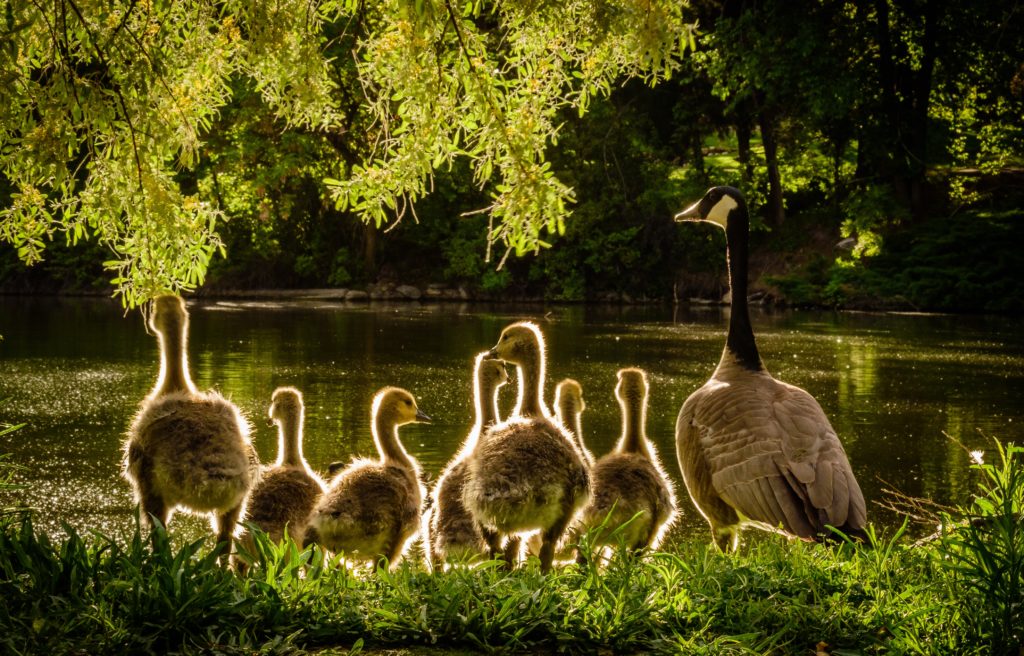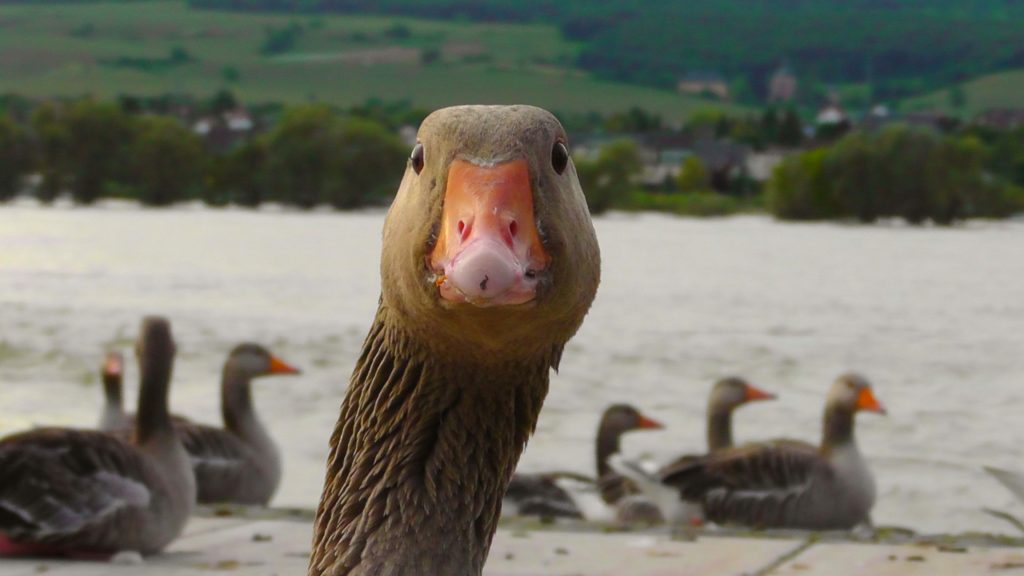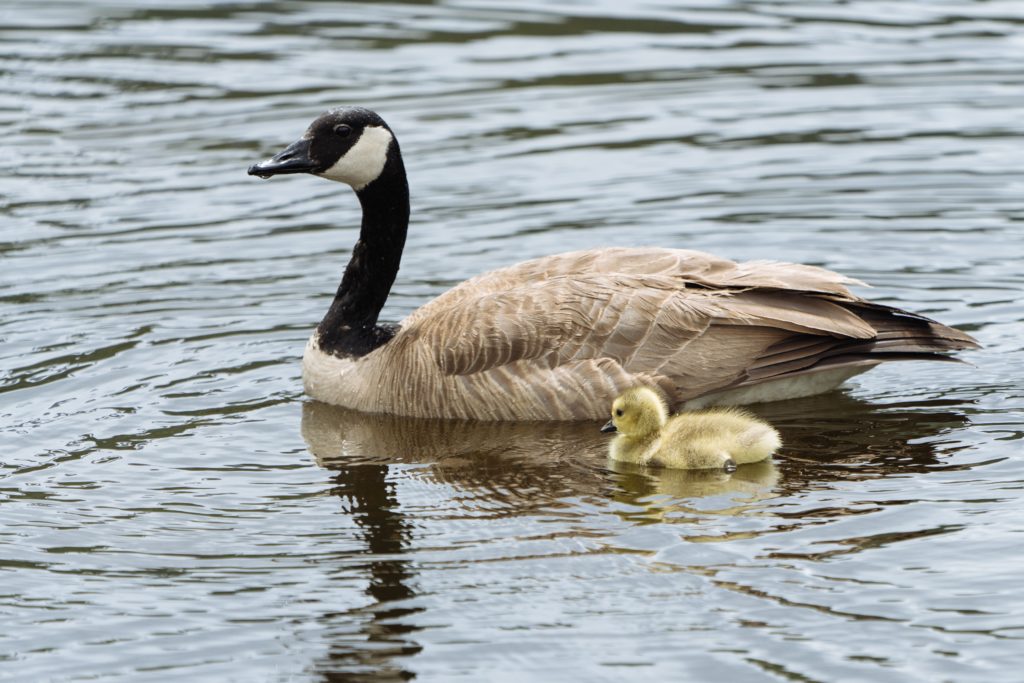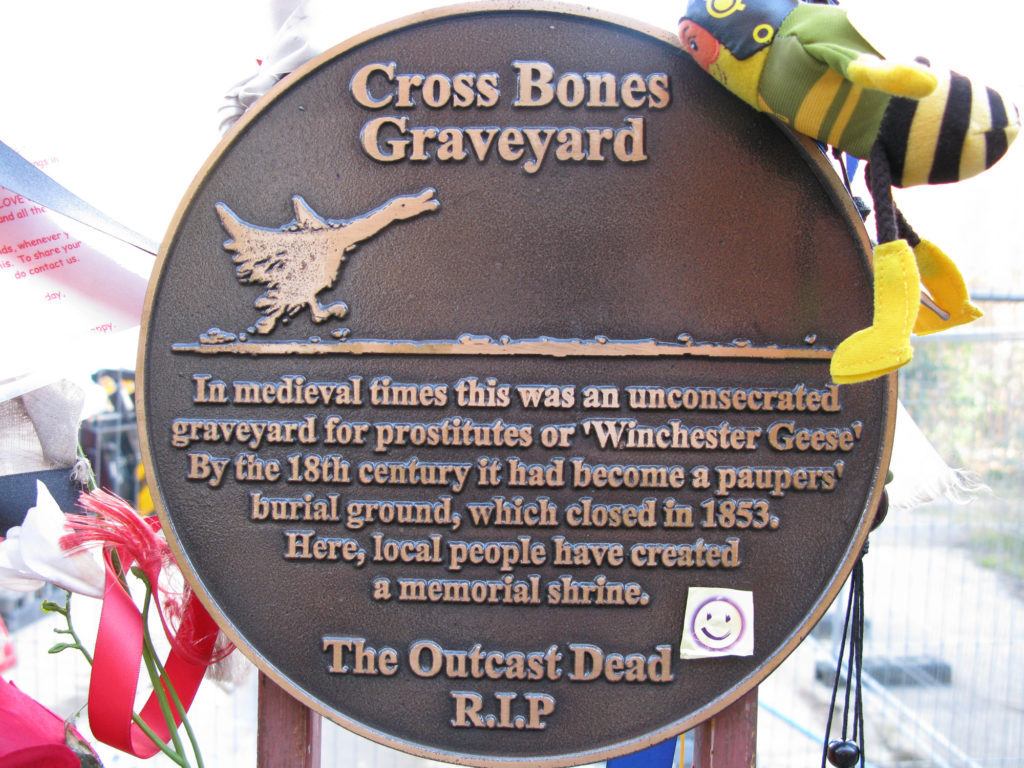The other night, Ruth and I were talking about collective nouns (y’know, like a herd of cows or a flock of sheep) and came up with the somewhat batty idea of solitary nouns. Like collective nouns, but for a singular subject (one cow, sheep, or whatever).
Then, we tried to derive what the words could be. Some of the results write themselves.1
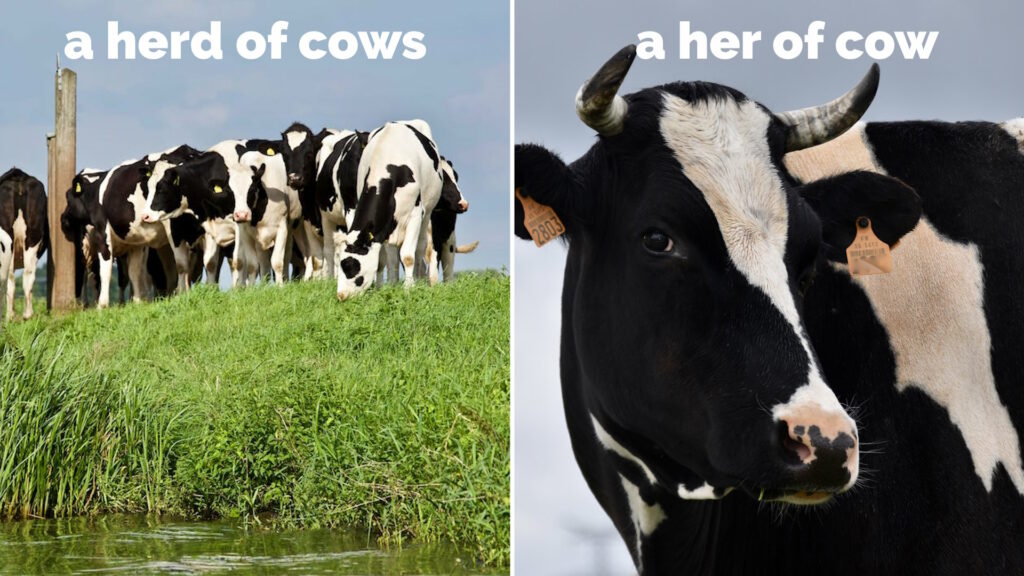
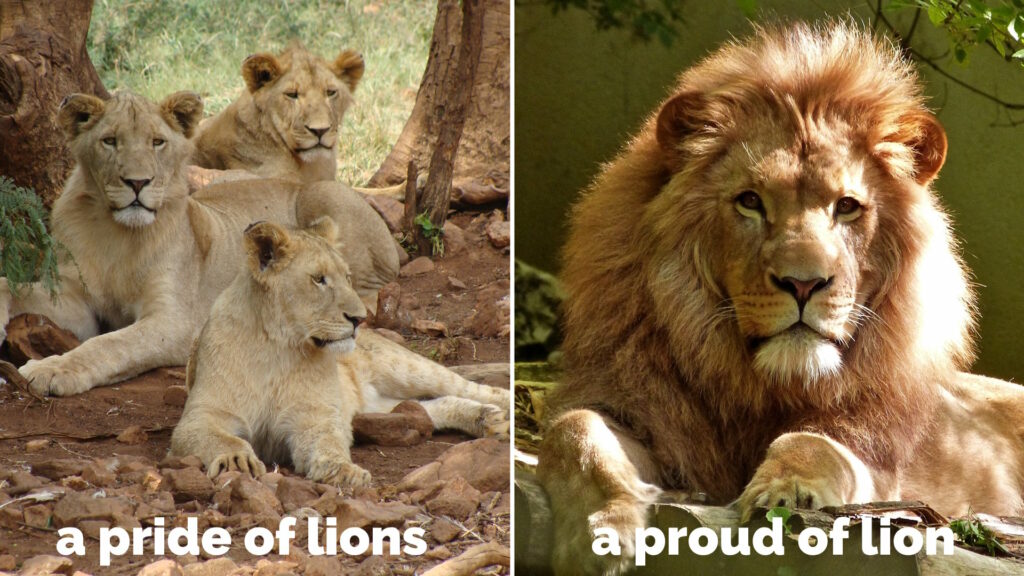
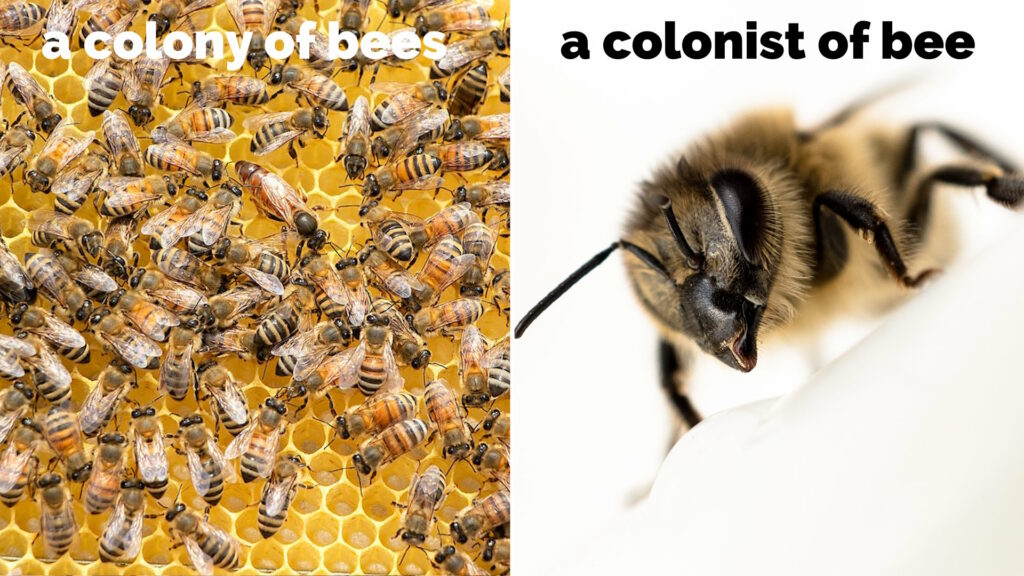
Some of them involve removing one or more letters from the collective noun to invent a shorter word to be the solitary noun.
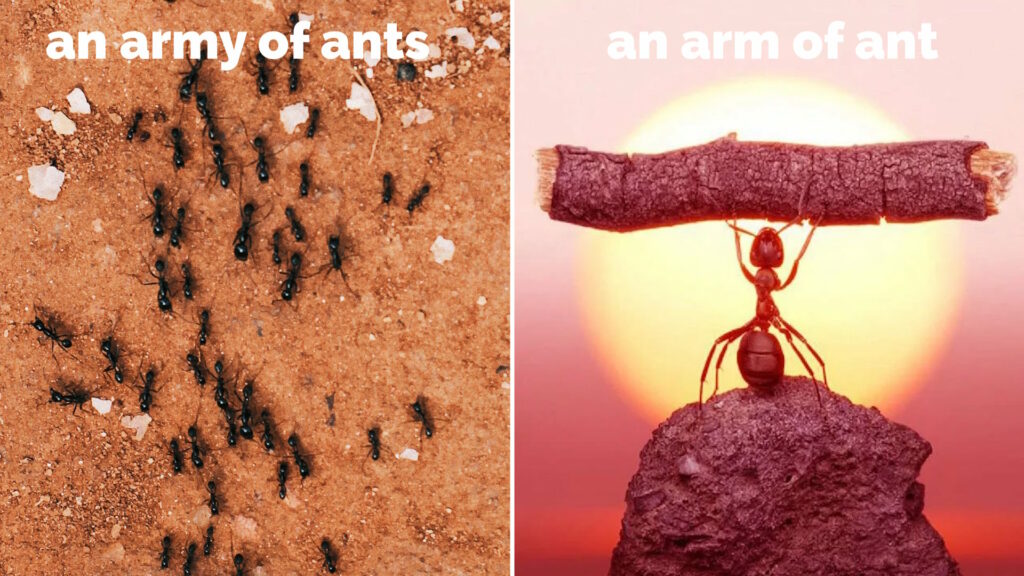
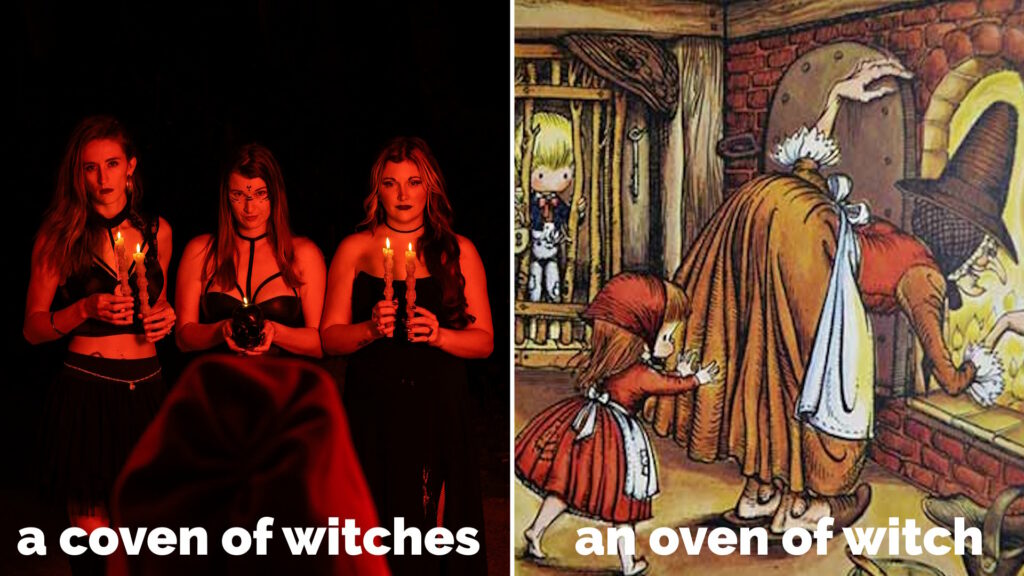
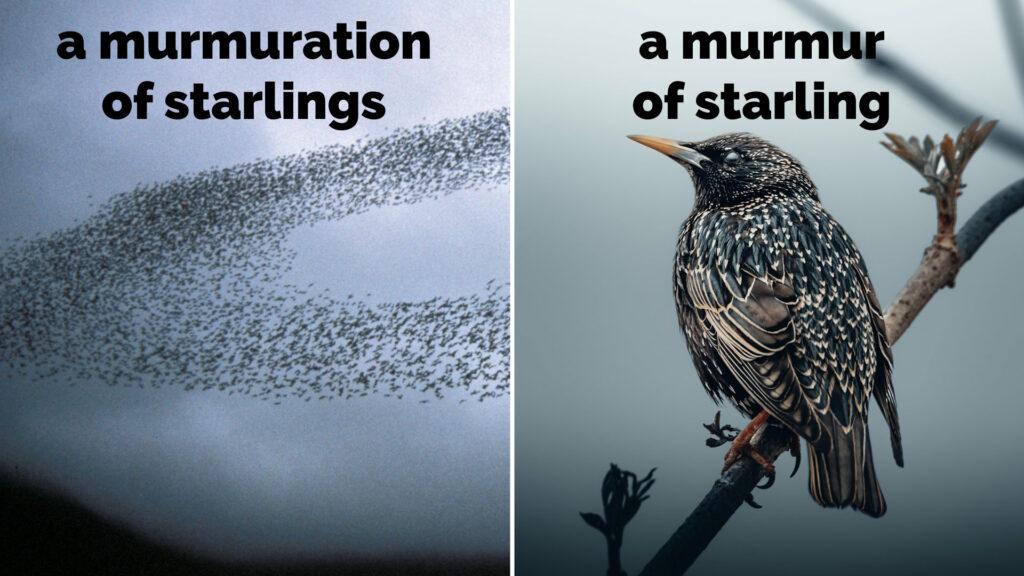
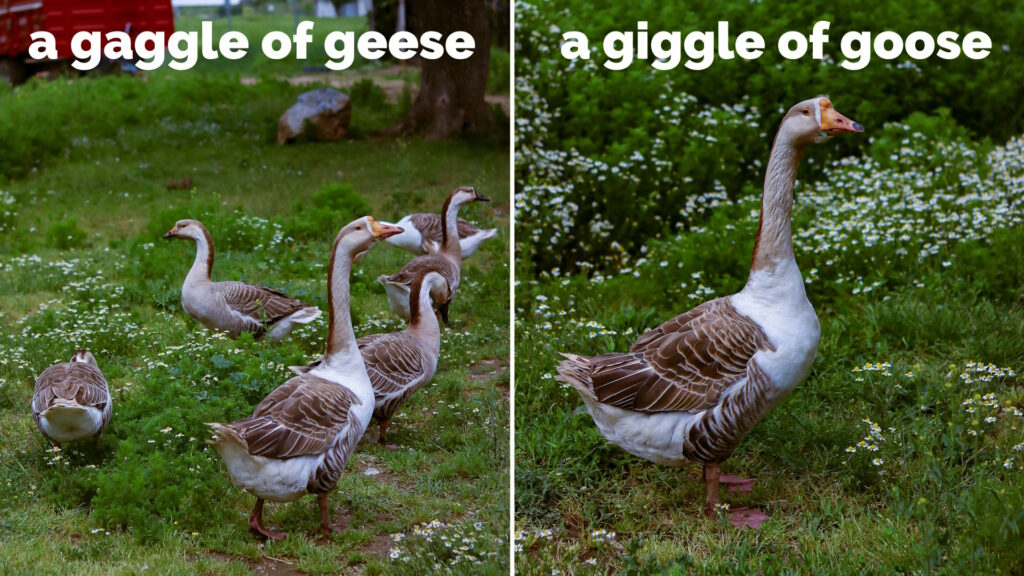


Did I miss any obvious ones?
Footnotes
1 Also consider “parliament of owls” ➔ “politician of owl”, “troop of monkeys” ➔ “soldier of monkey”, “band of gorillas” ➔ “musician of gorilla”. Hey… is that where that band‘s name come from?
2 Is “cluster of stars” ➔ “luster of star” anything?
3 Ruth enjoyed the singularised “a low of old bollock”, too.
